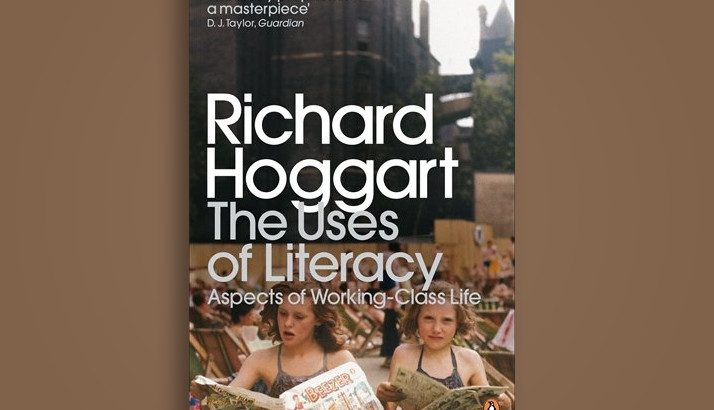I tend to send Christmas cards in fits and starts (and I still adhere to the old French custom that Christmas greetings can be sent well into January – certainly until Epiphany on January 6). But a melancholy aspect of leaving through my address book in December is to note the little cross I put against those who have departed this world.
In some cases, these deaths have been calm and expected – a quiet exodus from the world after the onset of an illness which caused gradual decline: in others, they have been shocking – a dear friend who fell asleep in bed, alas, with a cigarette still burning, and died in the subsequent fire – or the colleague who died of a cardiac arrest abroad, in circumstances that caused some disquiet among family and friends.
Abandoned
There have been deaths from cancer, after treatment which has been cheerfully undertaken and then valiantly abandoned, and death from a sudden aneurism. A dear friend died after having had Alzheimer’s for many years, lovingly cared for by her family.
A death occurred after a sudden bleed just as a friend, undergoing treatment, seemed to be getting better. And even in this day of antibiotics, pneumonia has carried off some.
So the Christmas-card list can be something of a memento mori, when one is reminded continuously of one’s own mortality, even at a time when Nativity stands as a shining symbol of light, of life and redemption.
But that’s all right, because a Christian festival embraces the living and the dead – and the unborn.
- Anecdotally, I’ve observed a slight improvement in the provision of non-alcoholic drinks during the Christmas party season.
It is a constant complaint of those don’t imbibe alcohol that “there’s never anything to drink” at these jollifications. But I’ve found that is it’s been a little better this year, and I’ve been offered delicious elderflower spritzer, Victorian pink lemonade and sparkling colas.
So I believe the alternative-to-alcohol movement is slowly, slowly growing. You can have just as much fun at a party without alcohol – but we do need an ongoing cultural change in providing imaginative alternatives.
An old interpretation of sin
It’s a nice practice to nominate the best books of the year in December: but sometimes I also turn to a book of previous years. This month, I returned to a book I greatly admired – Richard Hoggart’s The Uses of Literacy. This is a readable, and classic, account of English Northern working-class life as experienced by Prof. Hoggart, and published in 1957.
Although the English working-class are only episodically church-going, he notes, there is an innate sense of right and wrong. ‘Sin’ is seldom used in sophisticated literature, but it is a frequent invocation in working-class fare: “’Sin’ is getting a girl with child before marriage and then not marrying her, ‘sin’ is ‘getting yourself into trouble (abortion is rarely suggested and never condoned), ‘sin’ is risking the break-up of your marriage….or breaking up some other person’s marriage. ‘Sin’ is any act against the home or family, against the sense of importance of ‘keeping the family together’.”
The father is the head of the household – the “mester” – and especially respected when he is in work. But the mother is the heart. Popular ornaments have sayings like “what is a home without a mother”. “She is the pivot of the home…she, more than the father, holds it all together.”
There is one note of what people today would call ‘misogyny’: “The nagging wife is still one of the major villains in truly popular art.”
Many of the values he described would also have been shared in Irish life.


 Mary Kenny
Mary Kenny
